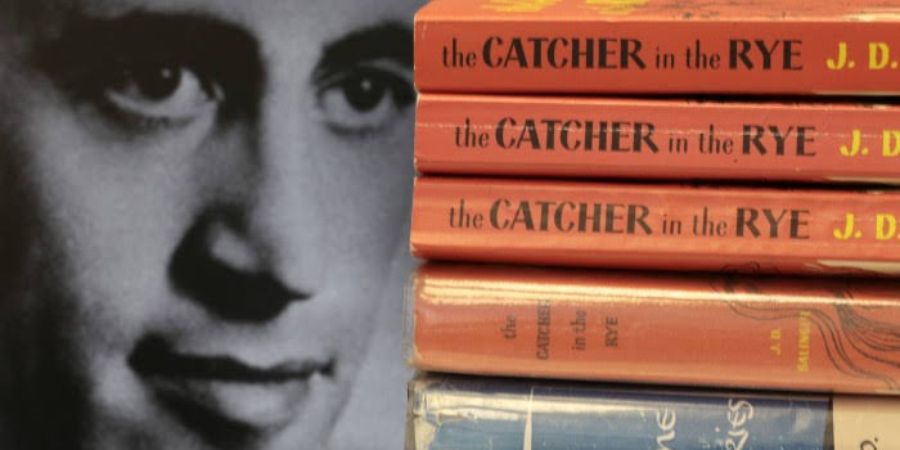

"The Catcher in the Rye" by J.D. Salinger is a classic novel that delves into the mind of its teenage protagonist, Holden Caulfield. Published in 1951, the book has become an enduring literary work, captivating readers with its poignant portrayal of adolescent alienation and the struggle for identity. In this article, we will provide a detailed summary and review of this influential novel, offering step-by-step explanations and real-life examples to enhance the reading experience.
Summary:
"The Catcher in the Rye" takes place over a few days in December, following Holden Caulfield's expulsion from a prestigious boarding school. Disillusioned with the adult world, Holden decides to leave school early and embarks on a journey through New York City. Throughout his escapades, he encounters various characters, each representing a facet of the societal hypocrisy he despises.
Holden's narration provides an intimate glimpse into his troubled mind, his alienation from society, and his yearning for authenticity and connection. The novel explores themes of innocence, loss, identity, and the human condition, all through the eyes of a disillusioned teenager.
Review:
"The Catcher in the Rye" is a captivating and thought-provoking novel that continues to resonate with readers across generations. Salinger's masterful storytelling brings to life the inner turmoil of an adolescent struggling to find his place in a world he perceives as phony.
The novel's strength lies in its realistic portrayal of Holden's character. His sarcastic yet vulnerable voice captures the essence of teenage angst, making him relatable to readers who have experienced their own identity crises. Salinger's vivid descriptions and Holden's sharp observations offer readers a window into the challenges of growing up and the search for meaning in an often confusing and artificial society.
Living Example 1: Holden's Disillusionment Holden's disillusionment with the adult world is exemplified in his encounters with characters such as Mr. Spencer, his history teacher, and the superficial Sally Hayes. These interactions highlight the stark contrast between Holden's idealized notion of authenticity and the phoniness he perceives in others. This struggle to reconcile his own values with the hypocrisy he observes resonates with readers who have also questioned societal norms and expectations.
Living Example 2: The Loss of Innocence Holden's fixation on protecting the innocence of children, symbolized by his desire to be the "catcher in the rye," reflects his longing for a simpler and purer world. This yearning is particularly evident in his interactions with his younger sister, Phoebe, whose innocence he seeks to shield from the harsh realities of adulthood. Through this narrative thread, Salinger explores the universal theme of the loss of innocence as one transitions into adulthood.
"The Catcher in the Rye" is a literary masterpiece that continues to captivate readers with its timeless exploration of adolescent alienation and the search for personal identity. J.D. Salinger's skillful portrayal of Holden Caulfield's struggles, combined with his powerful themes and thought-provoking narrative, make this novel a must-read for anyone seeking a deeper understanding of the human experience. Whether you are a teenager grappling with your own identity or an adult reflecting on your past, "The Catcher in the Rye" offers profound insights that transcend time and resonate with readers of all ages.
